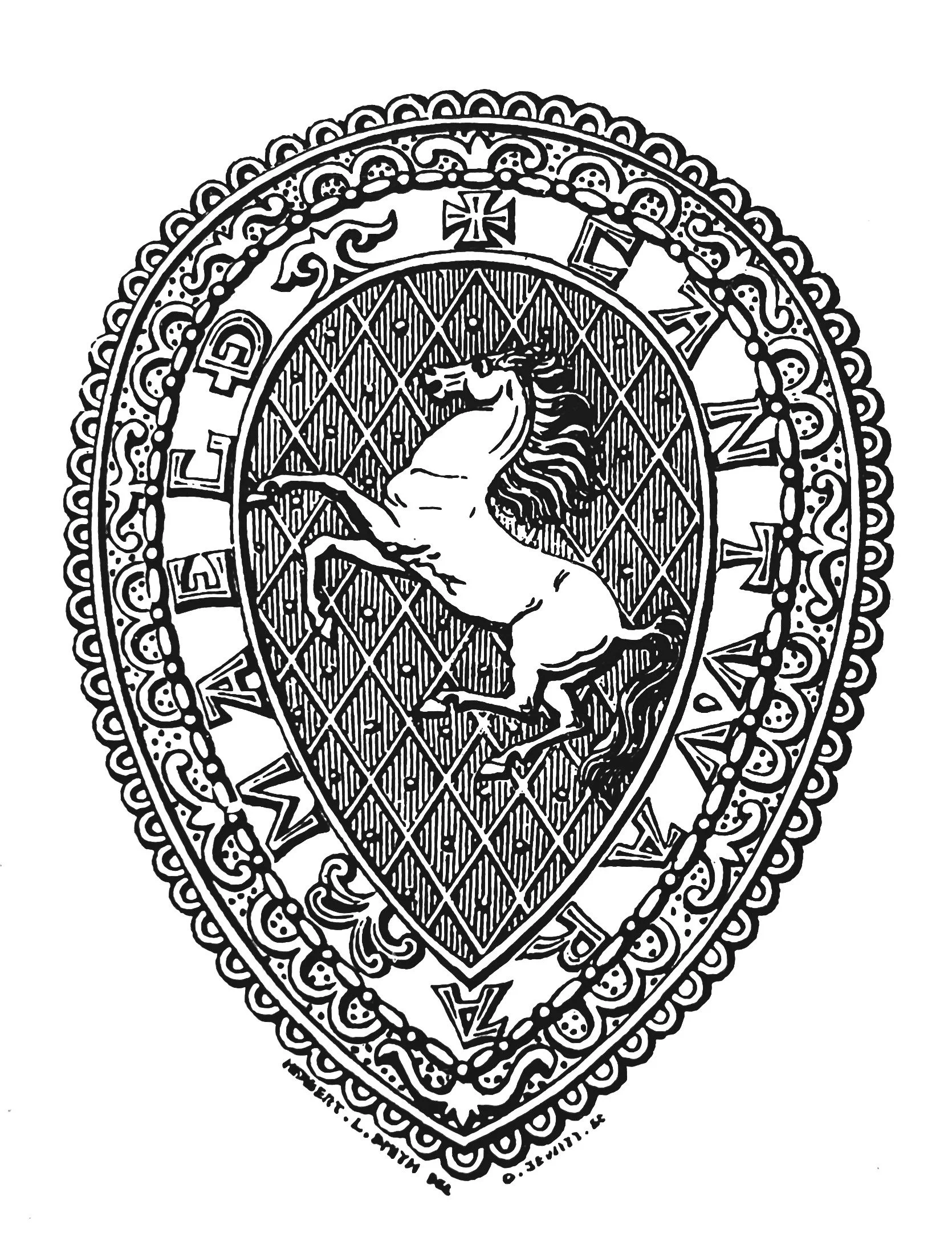
KAS Newsletter, Issue 46, Spring 2000
Maydensole archaeology, Thanet Society's youth club, KAS events, and historical insights on Kent.
Contributions to the next issue are welcome. See the guidance for contributors and contact Editor Craig Campbell.
Search page
Search within this page here, search the collection page or search the website.
Previous
Previous
KAS Homepage
Next
Next


